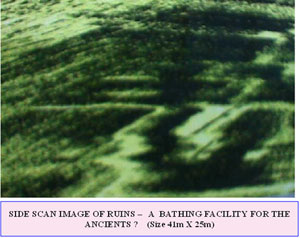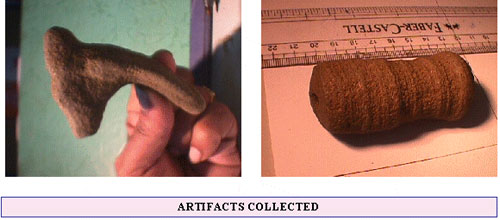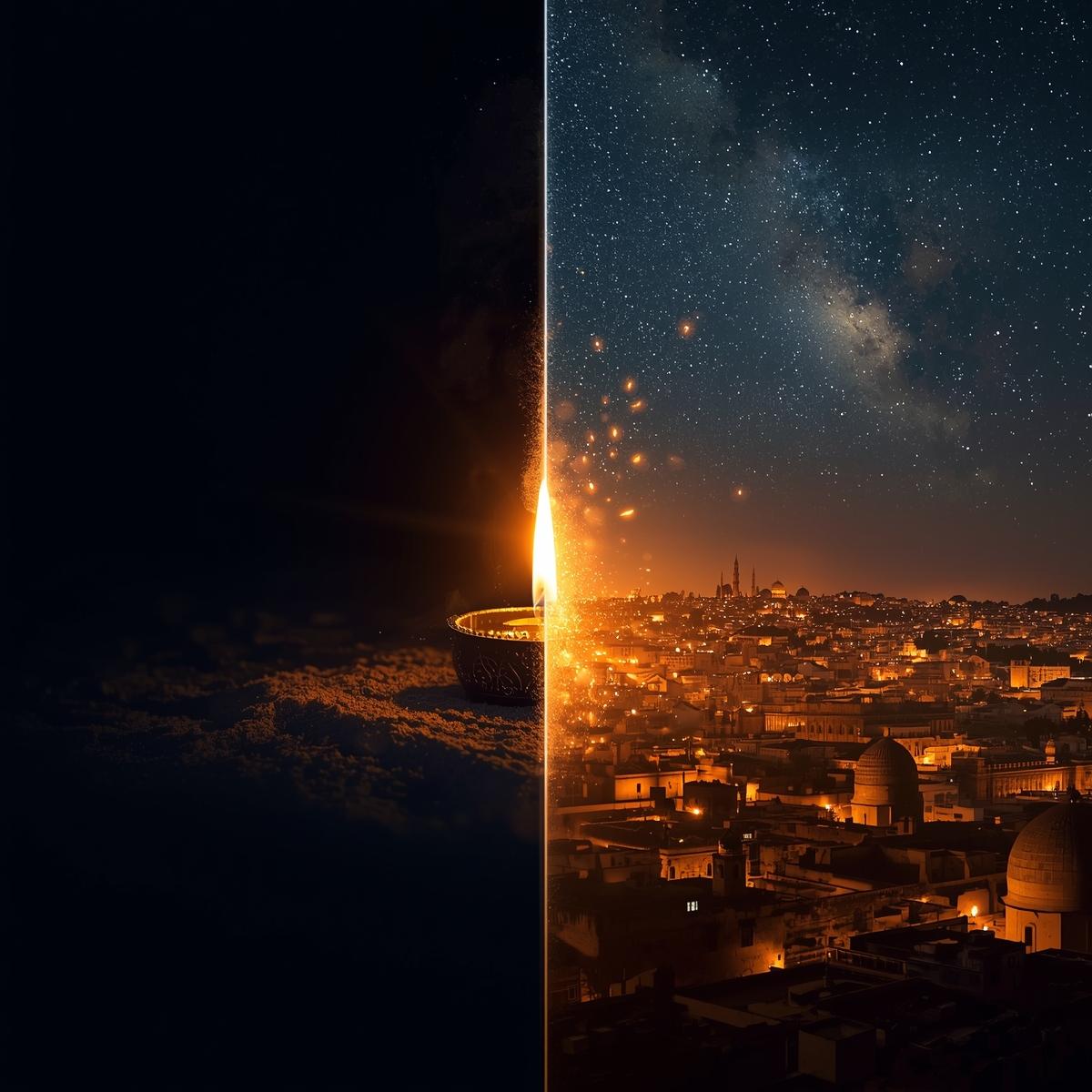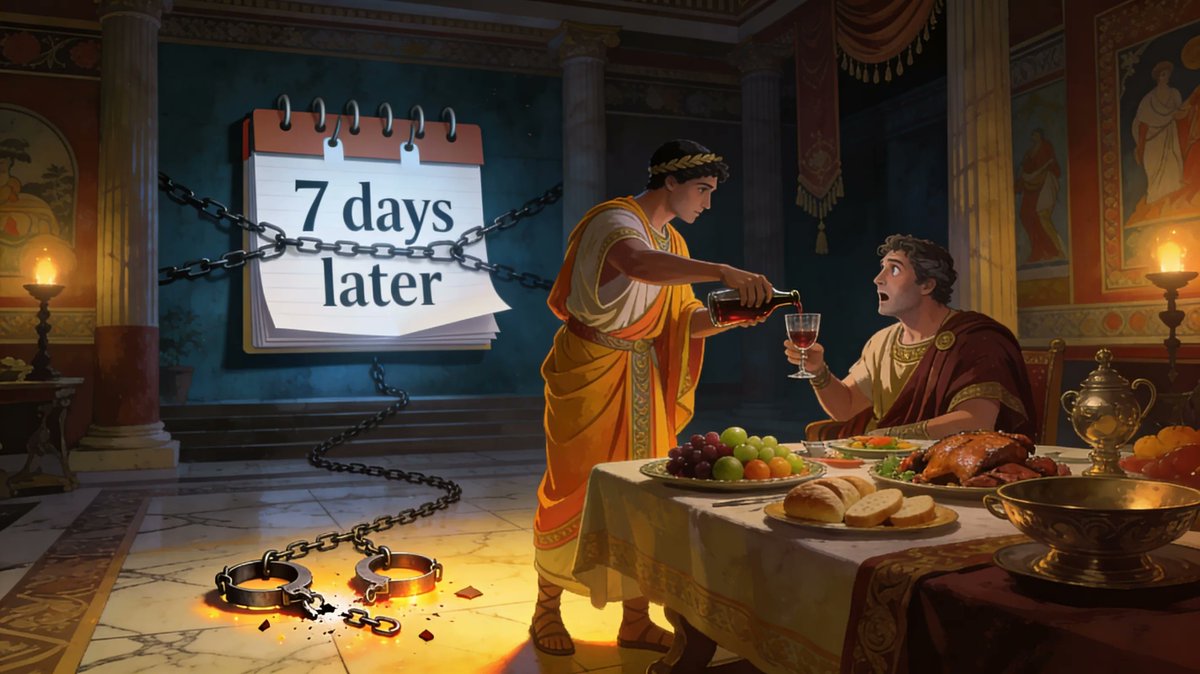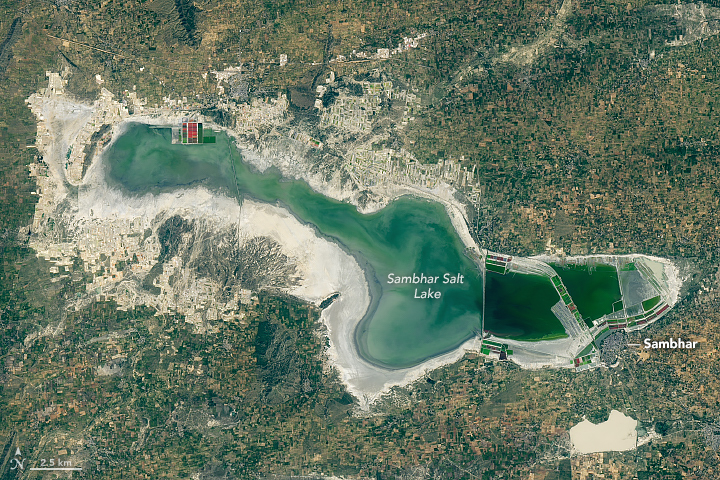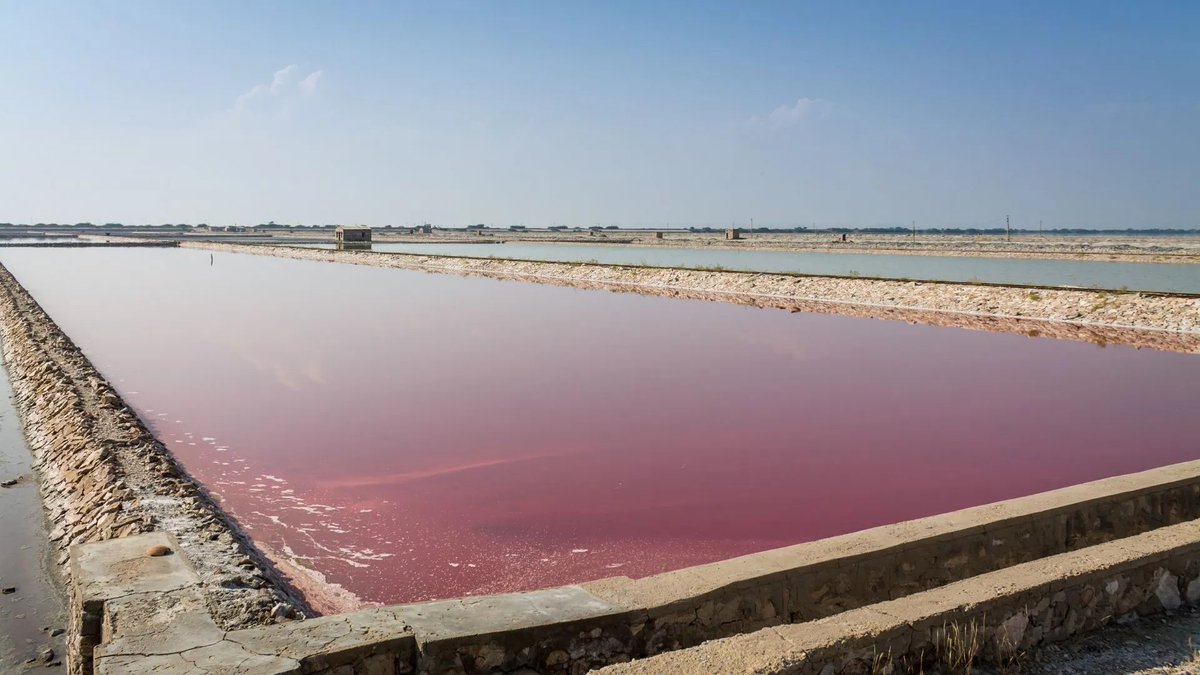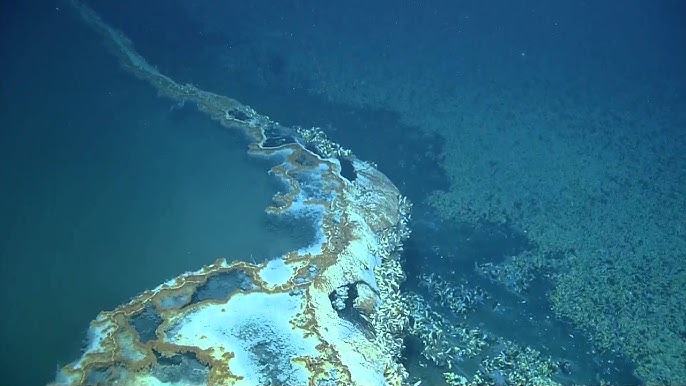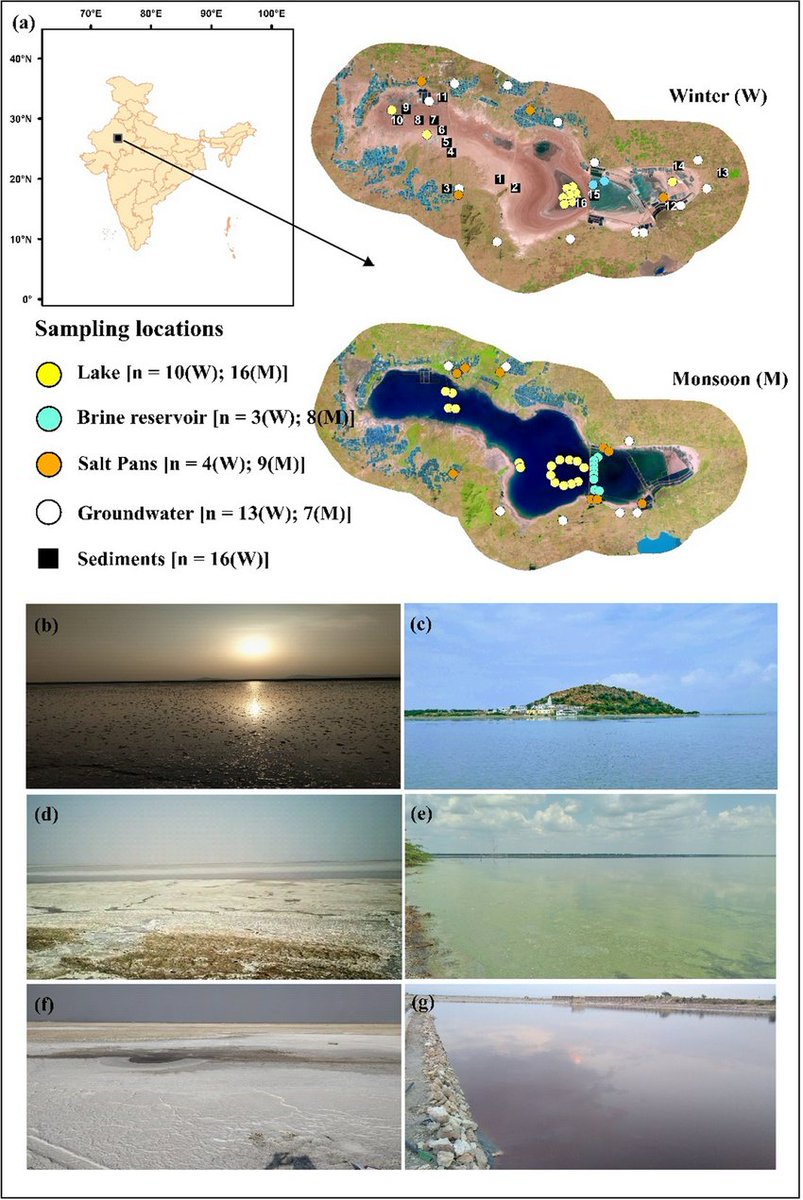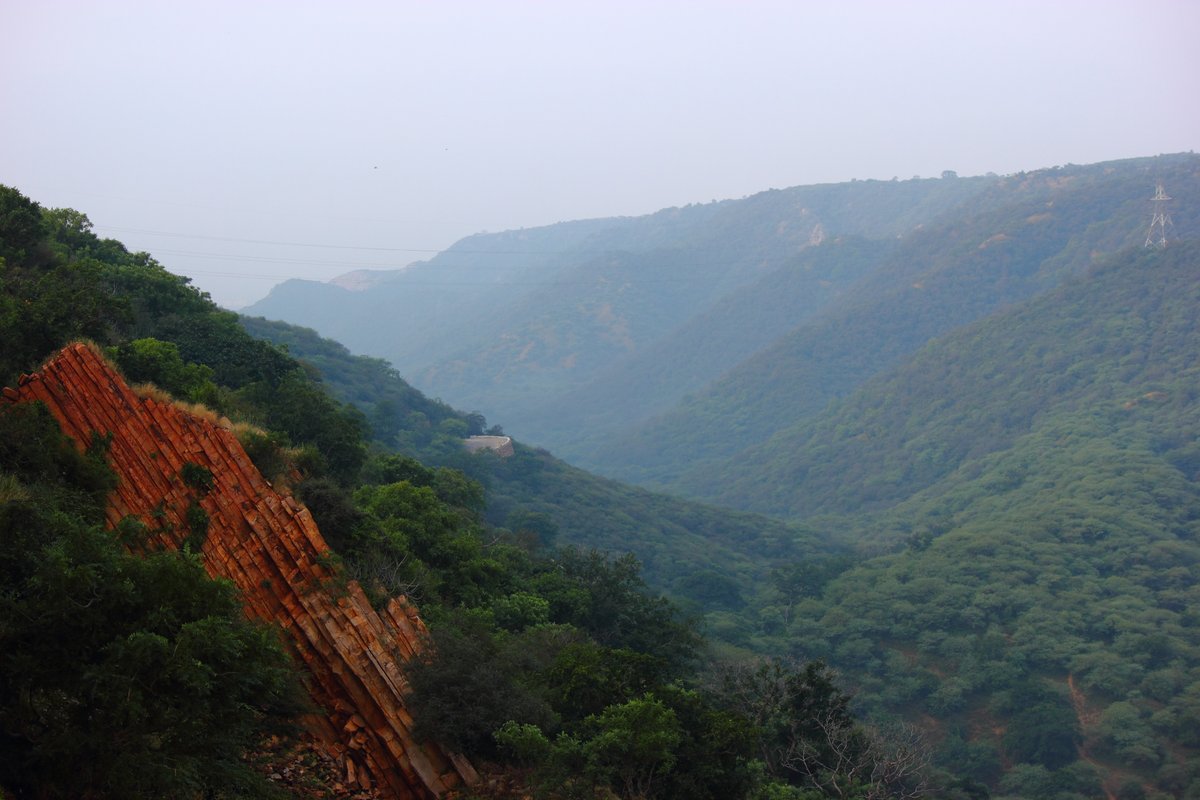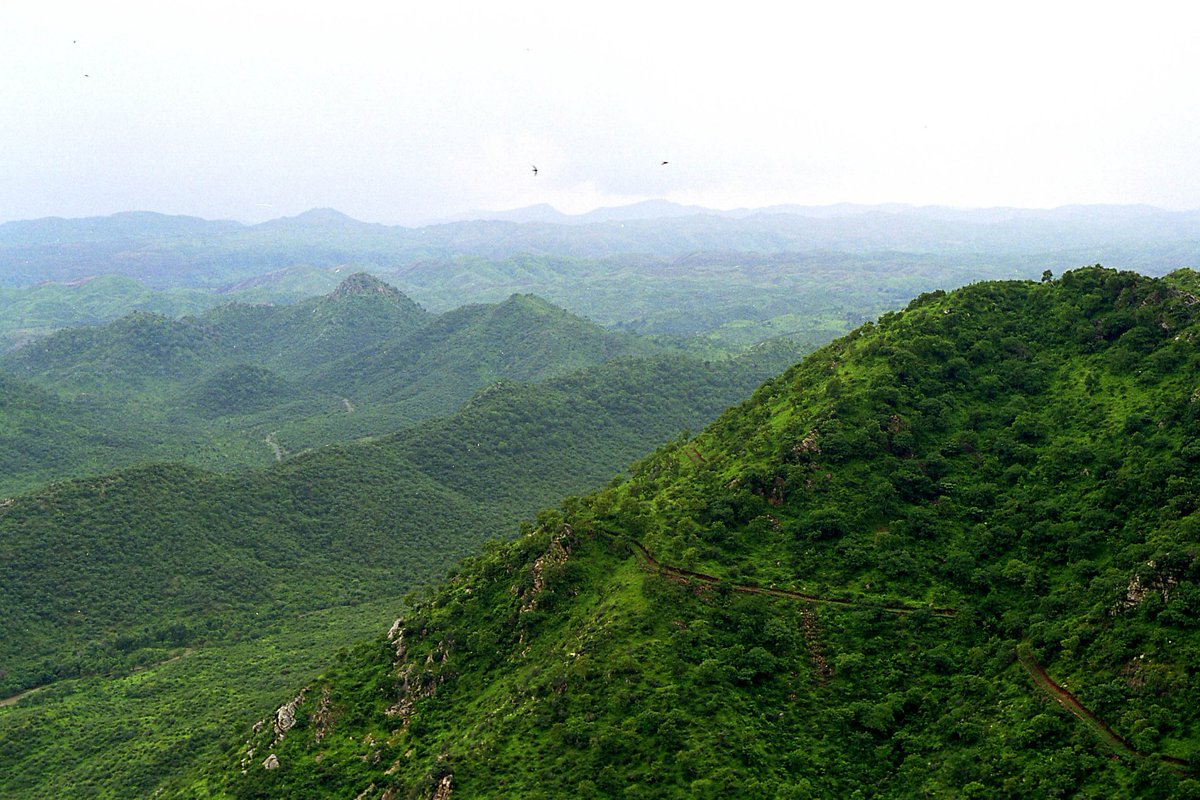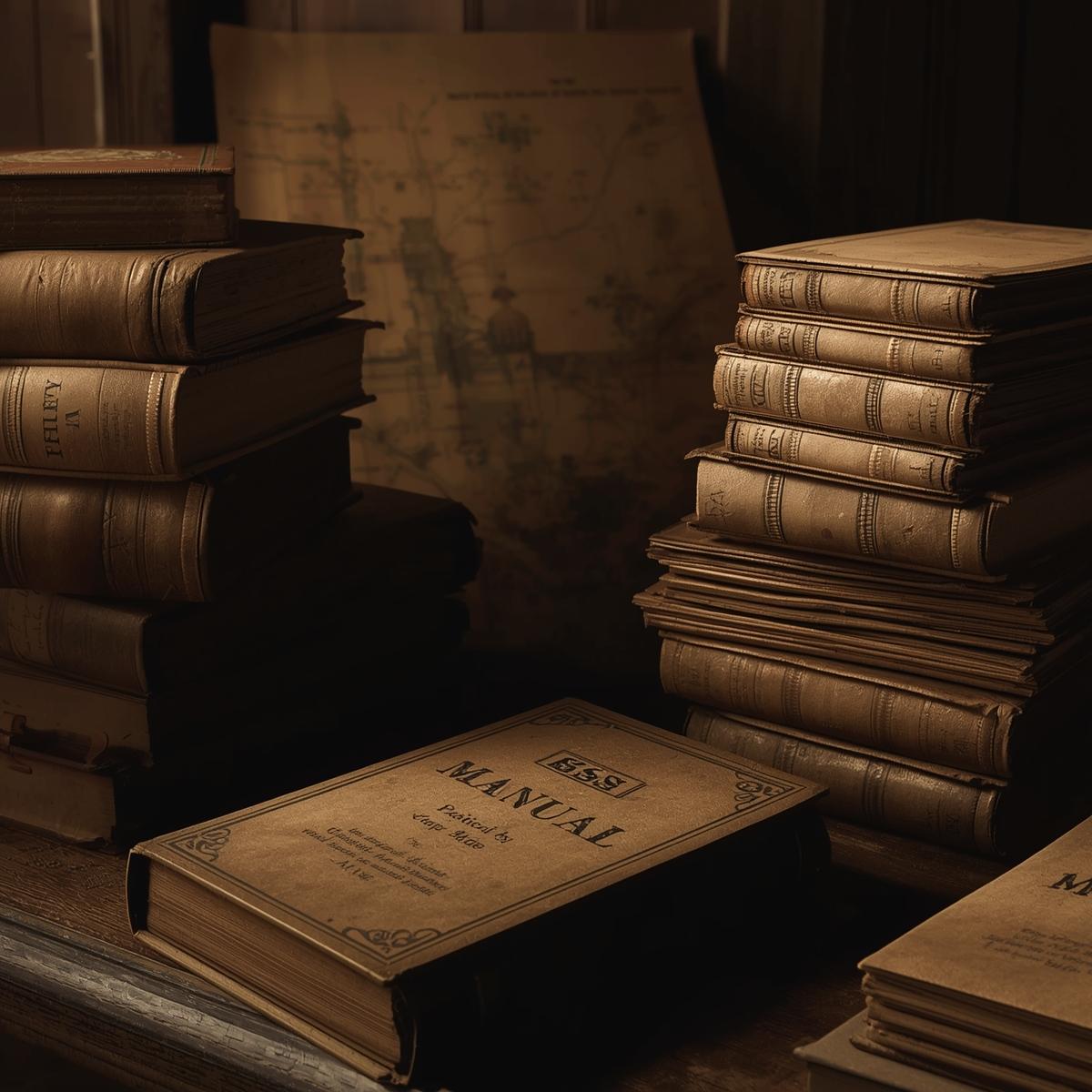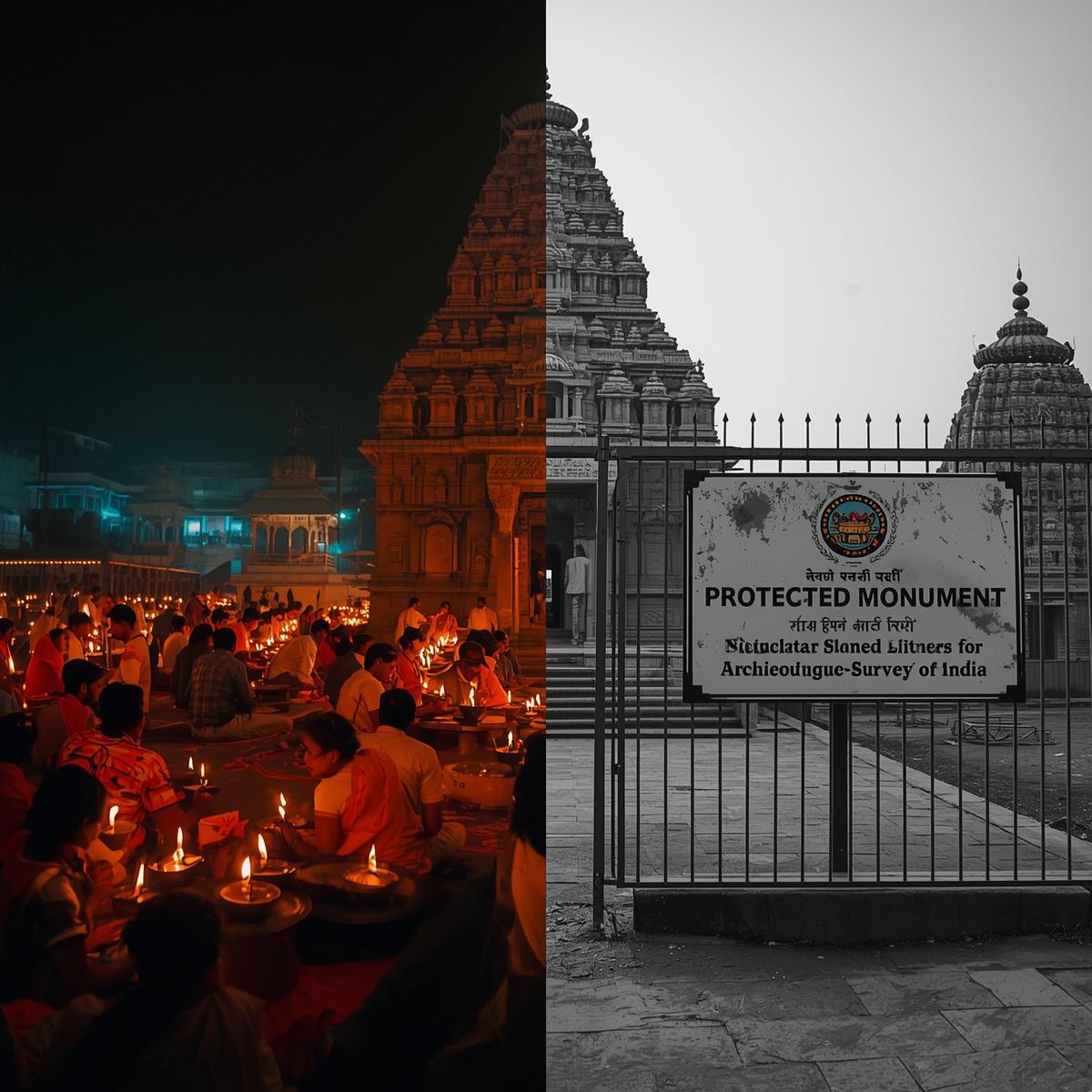Ancient Indian metropolis predating #Harappan found submerged in Bay of Cambay 27 km off shore. Most of the artefacts found predates ice age as per Graham Cock. The lost city is 5x3 miles
#Archaeology
#1

#Archaeology
#1
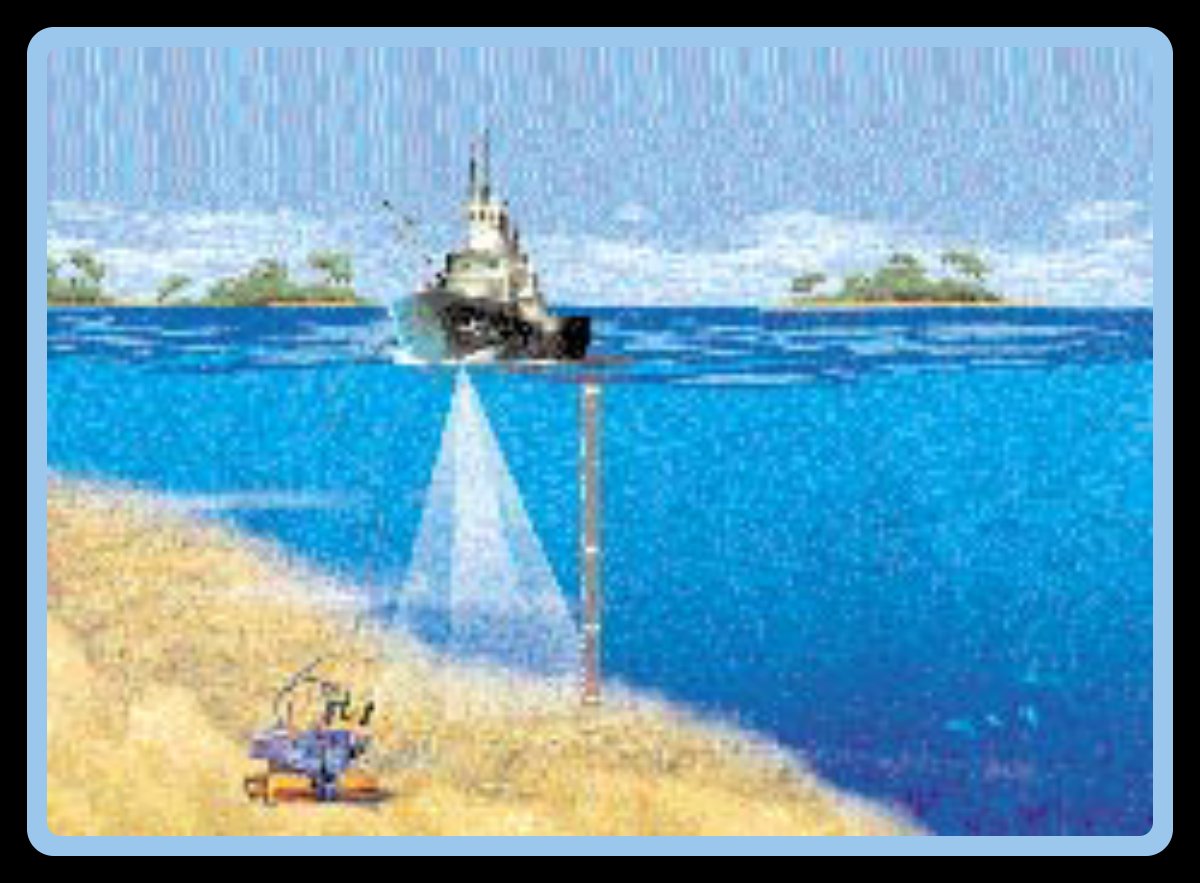

During ice age, the water levels were 140 meters lower and shorelines were deeper. The flood story seems to be true with this new discovery. During of sea shore, may be the prime reason for ice age people to move northwards. #Archaeology
#2
#2
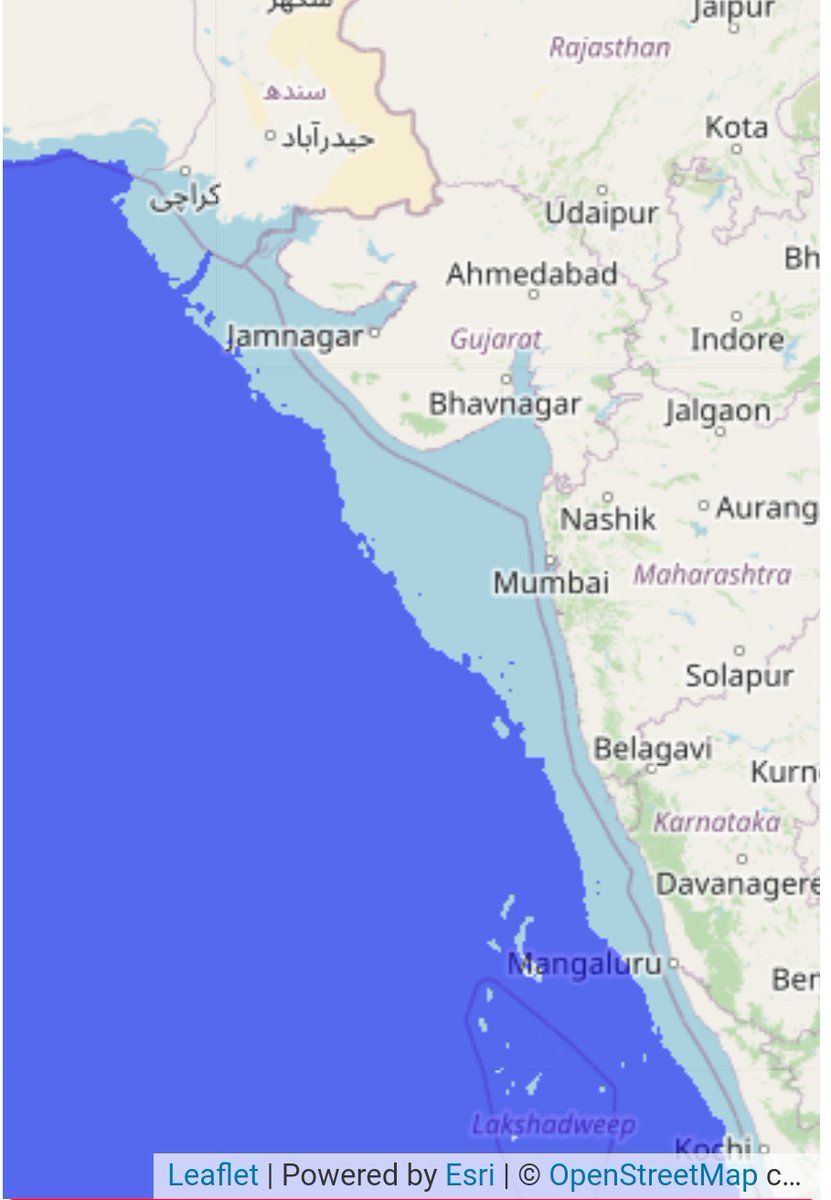
The other reason supporting the theory was rise in temperature by 8 degrees as Northern part of India became warmer. Surprisingly, house mouse migration to rest of the world 12kybp also substantiates this theory. #Archaeology
#3
#3
https://twitter.com/GemsOfINDOLOGY/status/1501735681827086341
Discoveries at Gulf of Cambay had many similarities to the CITADEL, GREAT BATH and grid-iron pattern habitation sites grannery, etc. of the #Harappan civilization.
Dwarka could be missing link between harappan and it's its mother creators.
#4
Dwarka could be missing link between harappan and it's its mother creators.
#4
Buried settlement of 74 x 48m structure. Here also man made foundations like column can be clearly seen emerging from below the seabed and occur as standout features. Foundations have been dug up to 3-4 m deep in the soil.
#8



#8


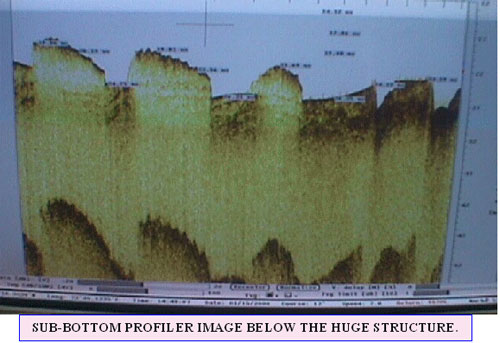

A paleo channel to the North was also found active during 19500 ybp to 3000 ybp.
#11
#11
A youtube video coverage is here for eloquent users
Impatient ones can ff at 41 minutes mark.
#15
Impatient ones can ff at 41 minutes mark.
#15
You can also contribute to preserve and explore these heritage by requesting @MinOfCultureGoI @nsitharaman @narendramodi to increase fund allocation for ASI activities.
Please RT this tweet
#16
Please RT this tweet
#16
Src
grahamhancock.com/badrinaryanb1/
indiatoday.in/magazine/herit…
grahamhancock.com/badrinaryanb1/
grahamhancock.com/phorum/read.ph…
clarabush.com/2622/
Graham cock in pic
#17
grahamhancock.com/badrinaryanb1/
indiatoday.in/magazine/herit…
grahamhancock.com/badrinaryanb1/
grahamhancock.com/phorum/read.ph…
clarabush.com/2622/
Graham cock in pic
#17

• • •
Missing some Tweet in this thread? You can try to
force a refresh

